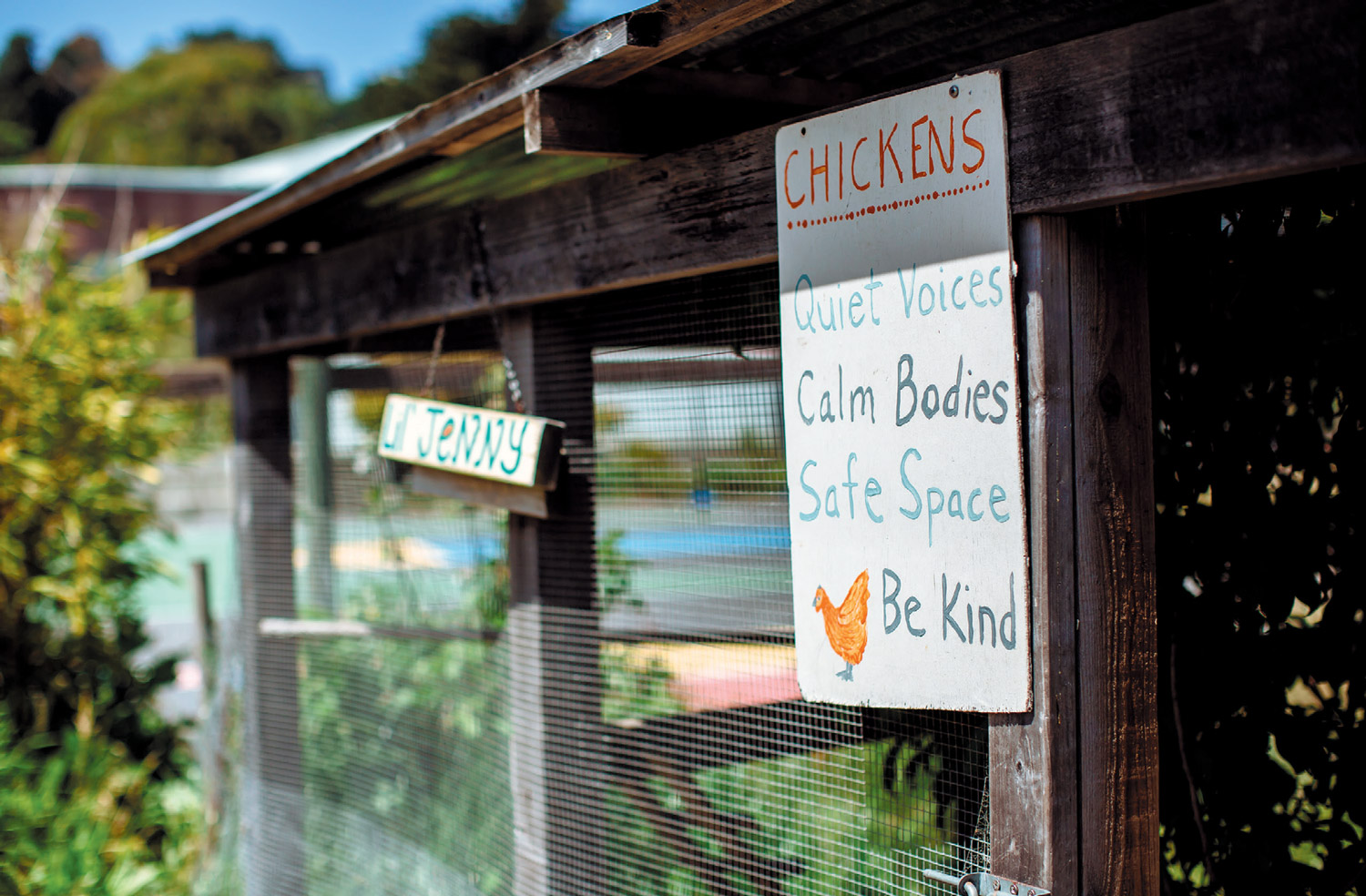Sonoma School Gardens
CULTIVATING MORE THAN FRESH PRODUCE
My friend and colleague Delaine Eastin, former California State Superintendent of Public Instruction, led the charge to place a garden in every school during her tenure from 1995 to 2003. At that time there were around 350 school gardens, statewide.
Today, there are approximately 3,000, including gardens in nine of the 11 school sites in the Sonoma Valley Unified School District. This great fortune for local schoolchildren is largely thanks to the dedication and hard work of Kathleen Hill, food and wine editor of the Sonoma Index- Tribune and a regular contributor to this magazine. The school garden effort also received enthusiastic community support.
Why are school gardens important? In the words of former Superintendent Eastin:
School gardens are an amazing contribution to our educational system. For decades we have known that hands-on learning is the most powerful kind of learning for our children. The academic environment is enhanced when children can really experience learning and apply facts they are supposed to learn. I have seen children who were having difficulty understanding concepts like area and perimeter have that “aha!” moment that comes when you experience a concept by using it. Gardens are great places for understanding mathematics but, in addition to mathematics, science education is enhanced by turning our gardens into living laboratories. The history of our world has much to do with the science of food and farming. Certainly English language arts are enhanced by natural experiences and reflections ... “I think that I shall never see a poem as lovely as a tree ....”
And how often have creative people reflected on how the arts are motivation for magnificent music, paintings, drama and other mediums to present beauty as a reflection of nature? Lastly, I think that nurturing plants can help to calm stressed children and to inspire more creativity in some children who are at the margins when it comes to stability in life.
When I asked Hill, also a friend, what led her down this literal garden path, she recalled an experience she had back in 2009. She was visiting Flowery Elementary School in Agua Caliente when she noted the excited curiosity of three young boys for the snails they had discovered in the school garden. She inspected the snails with them, looking for eggs, and talking with them about all the vegetables growing there. “Oh my god, we have to do this in every school,” she said to herself, and set to work to make that a reality.
First she needed the approval of the School District. This took several months, but she recounts that the assistant superintendent at the time became an enthusiastic supporter. Next she reached out to the community for their financial and in-kind support. Many answered her call. Sonoma Materials donated construction materials. Sonoma Mission Garden Nurseries and what is now Wine Country Garden Center contributed plants. Sonoma Raceway and the NASCAR organization jointly donated 90 fruit trees. Stone Edge Farm, under owners Leslie and Mac McQuown, became angels for two of the schools, funding salaries for part-time garden instructors and the construction of greenhouses and other necessaries.
Today, 10 years after Hill had her own “aha!” moment watching the boys observe the garden snails, contributions from the community continue to support the Sonoma School Garden Project, of which she is the founder and director.
“The kids just love the gardens,” Hill says. “The greenhouses and gardens are refuges for some. They take their lunches to the garden, and focus on caring for the plants.” The gardens are now integral parts of these schools, providing not just an understanding of where our food comes from but, as Delaine Eastin says, they are places where children can experience learning and apply facts—living laboratories.
Moving beyond even these two worthy missions, the gardens at the Sonoma Valley Unified schools have taken things a giant leap further. They also provide fresh produce for the schools’ nutrition programs. Cody Williams, Sonoma Valley Unified School District food and nutrition manager, reports that he works with the garden coordinators to plan what to grow and then purchases thousands of pounds of produce annually from the school gardens. “Kids love to see food they’ve grown served to them at lunch,” he said.
For information about how to support the Sonoma School Garden Project, or start a garden in your own school, contact Kathleen Hill at KathleenSonoma@gmail.com.







